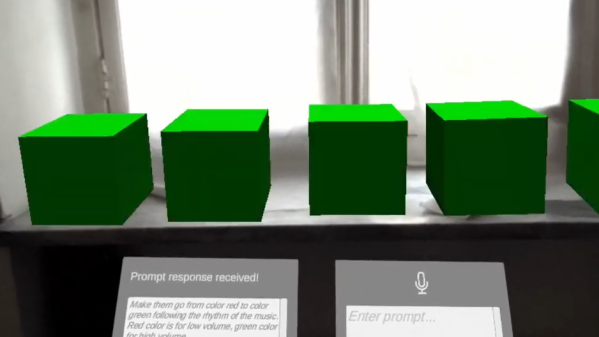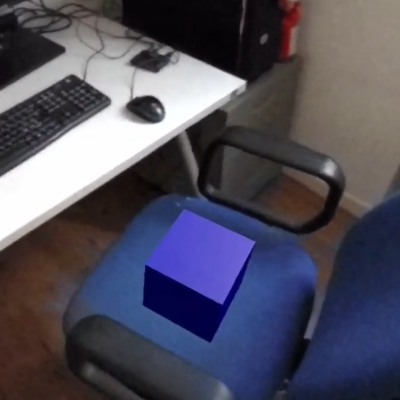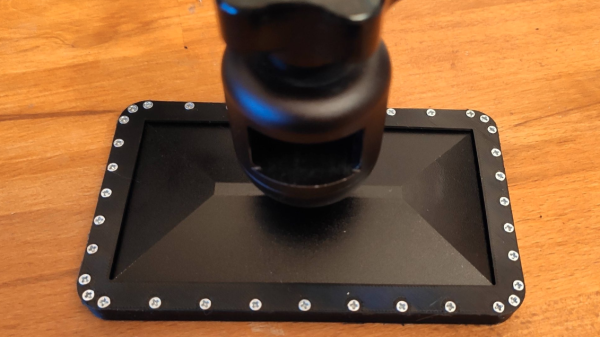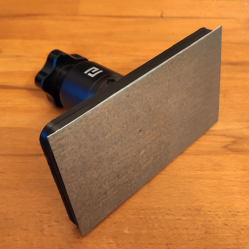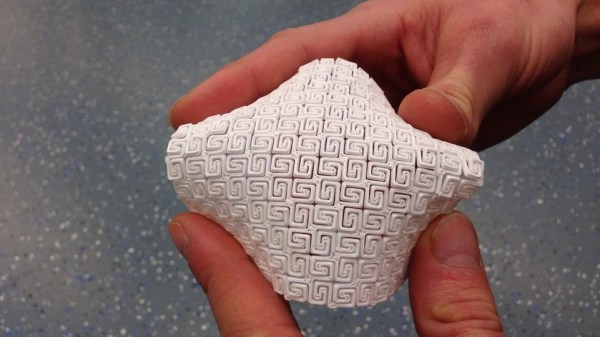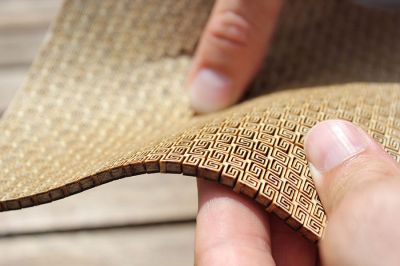It appears we have something of a problem. It’s not really a new problem, and shouldn’t be too surprising, but it did pop up again this week: bogus CVEs. Starting out in the security field? What’s the best way to jump-start a career? Getting a CVE find to your name certainly can’t hurt. And as a result, you get very junior security researchers looking for and reporting novel security vulnerabilities of sometimes dubious quality. Sometimes that process looks a lot like slinging reports against the wall to see what sticks. Things brings us to an odd bug report in the OBS Studio project.
A researcher put together a script to look for possible password exposure on Github projects, and it caught a configuration value named “password” in a .ini file, being distributed in the project source. Obvious credential leak in Git source, right? Except for the little detail that it was in the “locale” folder, and the files were named ca-es.ini, ja-jp.ini, and similar. You may be in on the joke by now, but if not, those are translation strings. It wasn’t leaked credentials, it was various translations of the word “password”. This sort of thing happens quite often, and from the viewpoint of a researcher looking at results from an automated tool, it can be challenging to spend enough time with each result to fully understand the code in question. It looks like this case includes a language barrier, making it even harder to clear up the confusion.
Things took a turn for the worse when a CVE was requested. The CVE Numbering Authority (CNA) that processed the request was MITRE, which issued CVE-2023-34585. It was a completely bogus CVE, and thankfully a more complete explanation from OBS was enough to convince the researcher of his error. That, however, brings us back to CVE-2023-36262, which was published this week. It’s yet another CVE, for the same non-issue, and even pointing at the same GitHub issue where the alleged bug is debunked. There’s multiple fails here, but the biggest disappointment is MITRE, for handing out CVEs twice for the same issue. Shout-out to [Netspooky] on Twitter for spotting this one. Continue reading “This Week In Security: Bogus CVEs, Bogus PoCs, And Maybe A Bogus Breach”


